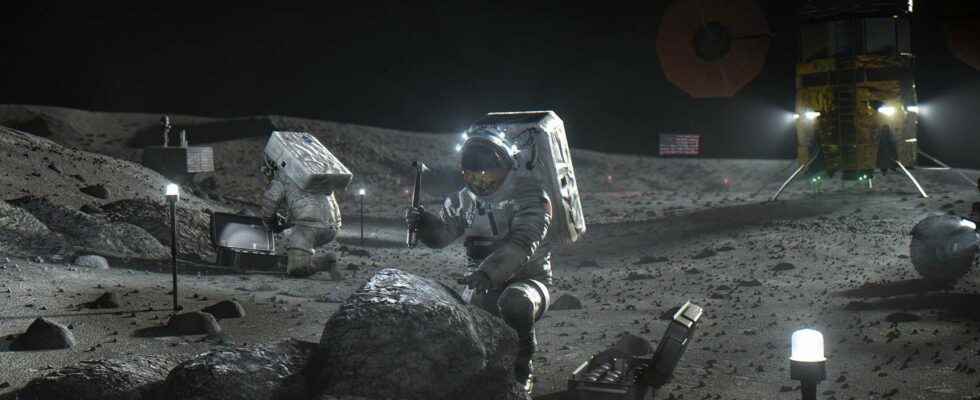The Artemis Accords are a series of principles and rules enacted by the United States for the peaceful civilian exploration and use of the Moonof Mars, of comets and asteroids. These are agreements signed between the United States and partner states under the Artemis program back on the Moonwhich establish principles and standards of behavior that will guide civil space exploration activities.
These agreements therefore also apply only to civil space activities carried out by the civil space agencies of each signatory country. Activities that can take place on the Moon, Mars, comets and asteroidsincluding on and under their surfaces, as well as in orbit around the Moon or Marchto Lagrange points of the Earth-Moon system and in transit between these celestial bodies and locations.
Controversial agreements that could become a matter of concern
However, these agreements are problematic. In fact, according to the interpretation given to them, certain jurists consider that the “Artemis agreements” contradict the initial spirit of several international treaties, including the 1967 space treaty and the treaty on Moon and other celestial bodies of 1979.
These treaties both provide for a principle of non-appropriation: “ the Moon and other celestial bodies do not belong to anyone and therefore cannot be the subject of a right of ownership. They belong to all of humanity (res communis) “. However, the Artemis agreements provide ” the extraction and use of space resources, including any recovery from the surface or subsurface of the Moon, Mars, comets or asteroids “, believing that she can” serve humanity by providing critical support for the security and sustainability operations “. More concerning, in joining the Artemis Accords, the signatories claim that “ the extraction does not in itself constitute an appropriation within the meaning of Article 2 of the Outer Space Treaty “.
Another controversial subject, these agreements provide for ” safety zones (safety zones) to be preserved from interference, which include historically significant landing sites of manned missions or robotics, artifacts, space vehicles and other evidence of activity on celestial bodies. In other words, one can think that the United States and all the signatory States grant themselves property rights as soon as one of their historical or future missions arises in any place of the moon, Mars or an asteroid. The term “historically important” can make you smile when you know that over the next few decades, all the manned exploration missions that will land anywhere in the solar system will be “historically significant”. Before these missions become routine, members of the Artemis Accords will have conquered many, many “ safety zones “.
To date (June 2022), twenty countries have signed the Artemis agreements, including France. China and Russia are opposed to these agreements, deeming them too American-centric.
You will also be interested
Interested in what you just read?
